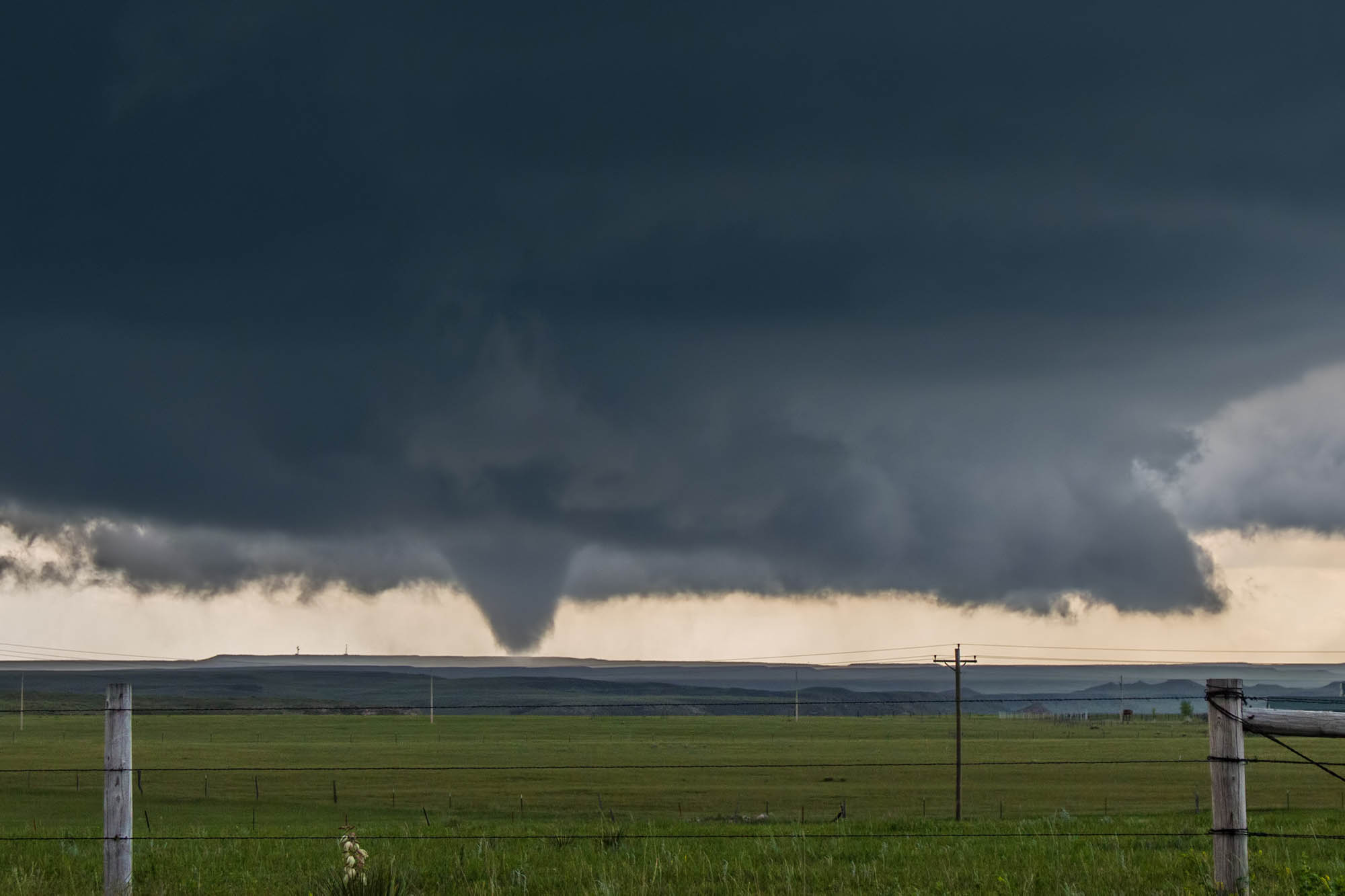Do you know when tornado season starts in the United States? While the months of May and June are most commonly associated with tornado risk, many people don’t realize that tornadoes can occur at any time of the year, especially across the southern Plains and the Southeastern United States. Below, we explain when tornadoes happen most often each year and what to expect. We also provide some safety tips to help keep you and your loved ones safe during a tornado warning and what you should do afterward.
Let’s get started by answering the question you came here for.
When does tornado season start in the United States?
Tornado season in the United States typically runs from late Spring through early summer. Peak tornado season occurs in May and June, although tornadoes can occur at any time of year. Generally, the season begins in the early Spring across the Southeastern United States, the first part of the country to warm up after winter’s cold. Activity shifts westward toward the Southern Plains in May and northward to the U.S.-Canada border and the Great Lakes states in June.
There has even been a burst of tornadic activity in recent years across the Mid-Atlantic in the late Spring and early summer months (June and July) before tornadic activity begins to wane again until the following Spring, part of a trend of more tornadoes outside Tornado Alley. However, tornado activity tends to be highest in the central and southern Plains, particularly in Texas, Oklahoma, Kansas, and Nebraska.
Tornado activity has been rising in recent years, with an average of 1,250 tornadoes occurring yearly since 2010. This is significantly higher than the annual average of approximately 850 tornadoes between 1980 and 1989. While this may seem like tornadoes are becoming more common, much of it likely has to do with increased monitoring capabilities and better storm spotting.
When is tornado season in Oklahoma?
Oklahoma is known for its twisters. Tornado season in Oklahoma typically runs from late March into June, with tornado risk increasing dramatically during April and into May. Memorial Day weekend has become a popular time for storm chasers to visit Oklahoma to see a tornado. Thousands make the trip every year with the peak coinciding with the holiday.
Oklahoma is located in Tornado Alley, a region that experiences many tornadoes due to climate and geography. The state is also home to some of the most destructive tornadoes, including the El Reno tornado of 2013. As a result, residents of Oklahoma need to be aware of the dangers posed by these powerful storms and take steps to protect themselves and their property.

Where are tornadoes most common in the United States?
Tornadoes are most common in the United States in the Midwest and Southeast, with peak tornado activity occurring between April and June. In terms of absolute numbers, Texas has the most tornadoes of any state, followed by Kansas, Florida, Oklahoma, and Nebraska. However, when considering the number of tornadoes in relation to population size, states like Oklahoma, Kansas, and Nebraska have a higher rate of tornado activity than Texas or Florida.
What to expect during tornado season
The peak months are May and June. During this time, warm, moist air from the Gulf of Mexico collides with cool, dry air from the Plains. This weather pattern creates the ideal conditions for severe storms and tornadoes. These storms can cause catastrophic damage, so it is essential to be prepared. Some steps to stay safe during tornado season include staying aware of the forecast, planning where to take shelter, and listening to local news for updates.

What to do if you are caught in a tornado
If you find yourself in the path of a tornado, the best thing to do is to take shelter immediately. If you are indoors, go to a small interior room on the lowest level of the building. Get away from windows and stay close to the floor. If you are outdoors, try to find a ditch or culvert to take shelter in. Lie flat on the ground and cover your head with your hands. Tornadoes can cause serious damage and even death, so it is essential to be prepared. Keep a weather radio nearby to get the latest alerts from the National Weather Service.
What to do after a tornado
After a tornado, take some time to assess the damage and ensure everyone is safe. If there are any injured people, provide first aid and call for medical assistance. Once you have addressed any immediate needs, you can consider cleanup and repairs. First, check for gas leaks and electrical damage. If everything appears safe, you can begin clearing debris from the area. Be careful not to touch any downed power lines. When cleaning up, wear gloves and protective clothing to avoid injuries. Start making repairs after the area is cleaned. It is best to consult with a professional before making significant changes.



